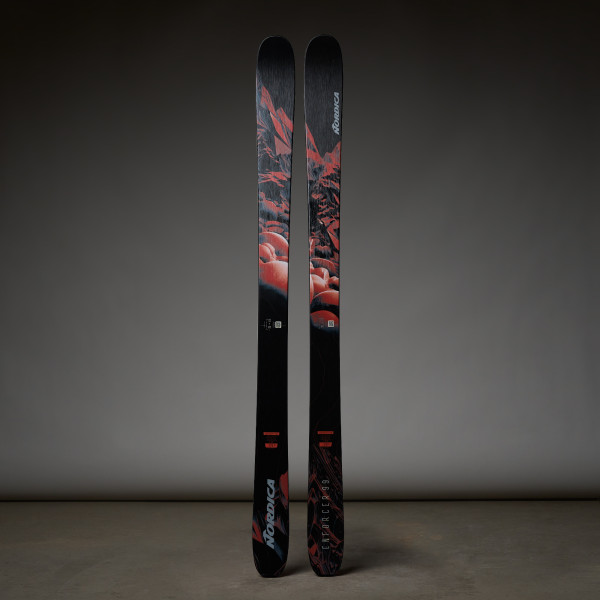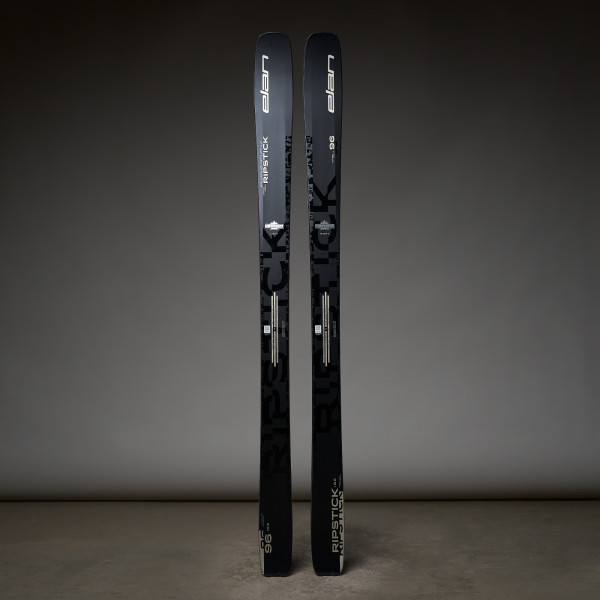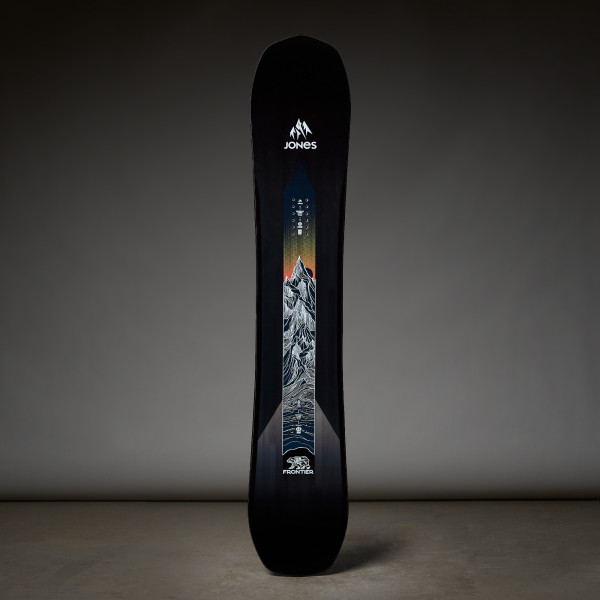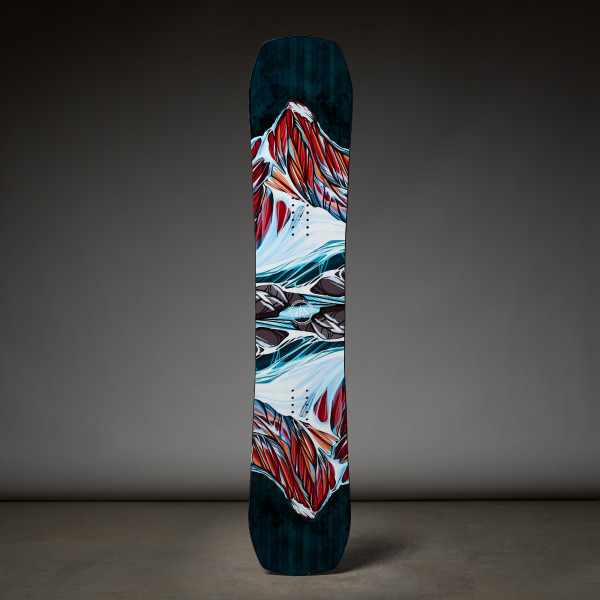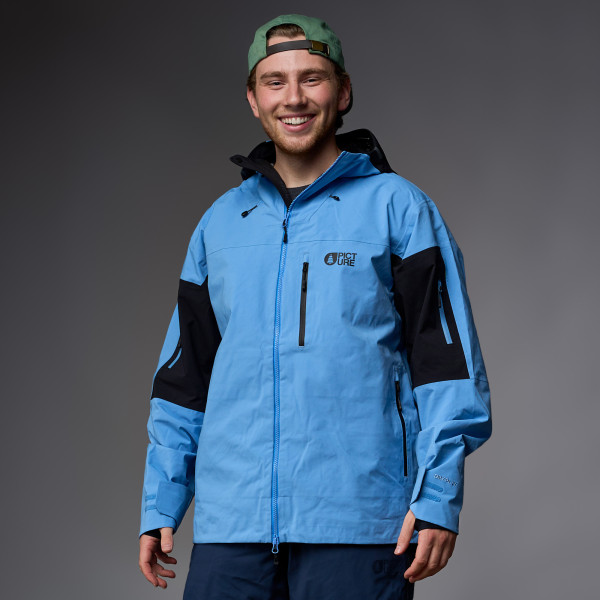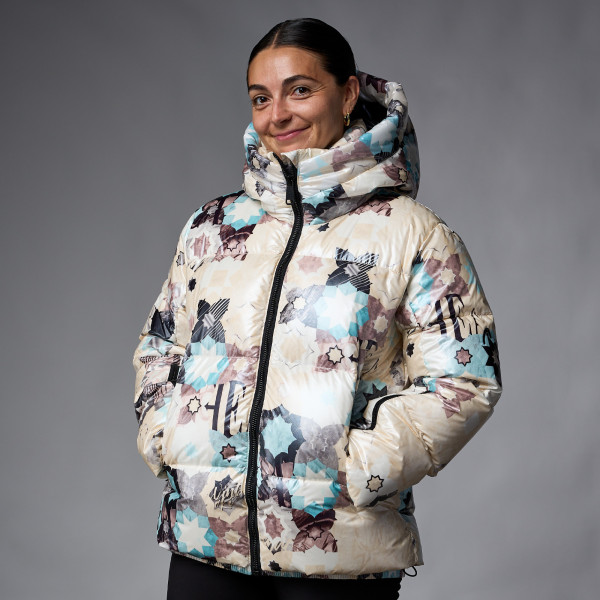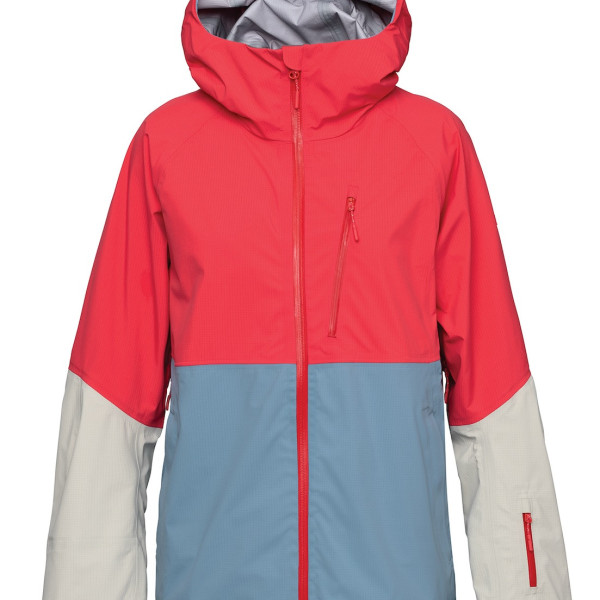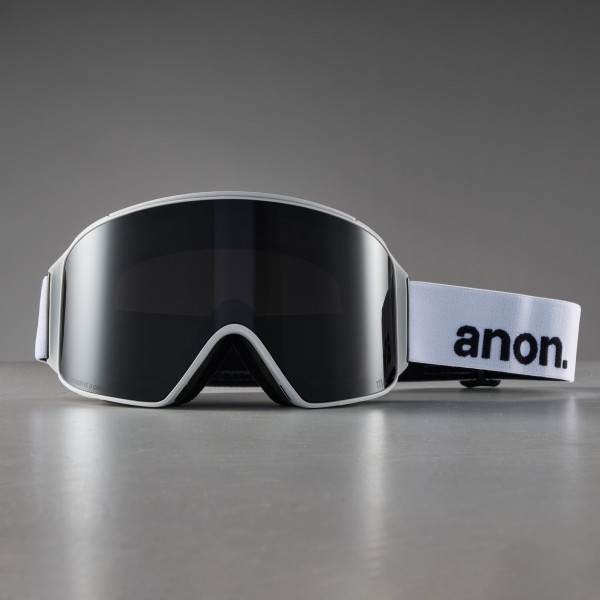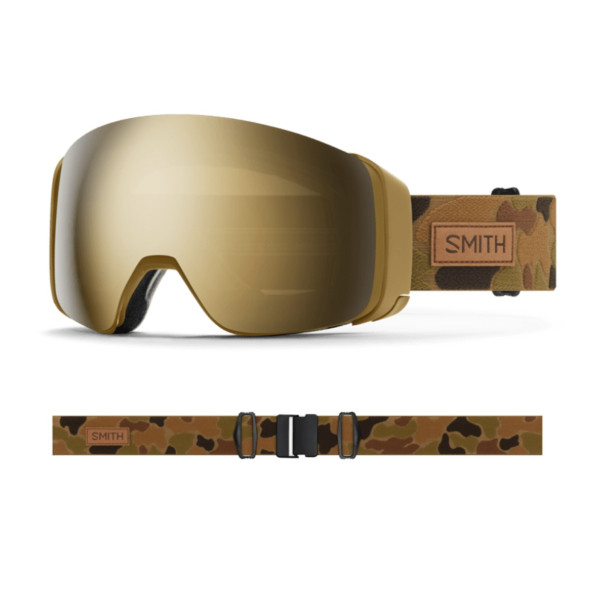Your Shopping Cart
Hot Items
Ski & Snowboard Outlets
Stop calling it Sidecountry: Always have your backcountry safety gear.
Posted April 6, 2022 @ 8:18am | by The Ski Monster
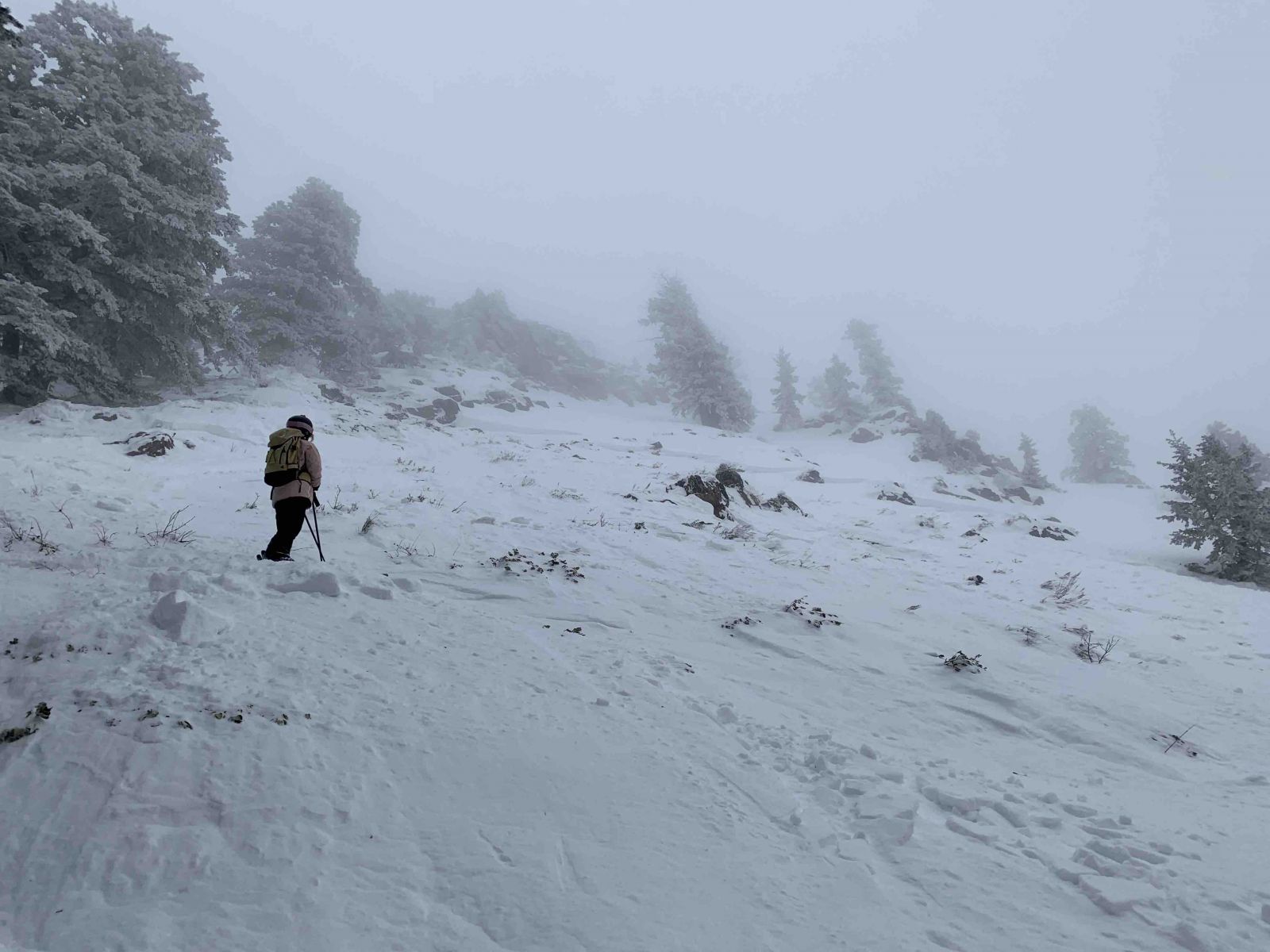
All images: Sander Hadley
I’ll never forget the sound of a human body bouncing off of trees.
It was a weathery February morning, around 12 inches of fresh snow dropped over the course of 24 hours in our corner of southeast Idaho and a powder day was exactly what my partner, Sander, and I needed. We had just returned home early from a ski trip in Driggs after receiving news that Sander’s mom was in a horrific car accident and hospitalized with serious injuries. It was in the thick of the pandemic and outside visitors were prohibited at the hospital, so we figured skiing was our healthiest way to cope.
After a few glorious runs in bounds at our local ski area, Pebble Creek, we—Sander, our buddy, Bo, and myself—decided to venture just outside of Pebble’s mitigated boundary. This area’s steep, rocky, north-facing terrain offers bountiful opportunities to get rad and the ability to lap it with Pebble’s Skyline lift makes it incredibly accessible. A combination that can trap even the most seasoned of us into thinking it’s always safe.
When the decision was made to traverse out of bounds I offered up the idea to bring our avalanche safety gear. Mind you, the culture at Pebble Creek up until this point has been like the Wild West. It’s every man for himself out there and if you haven’t seen it slide, it won’t. It didn’t take much for Bo and Sander to convince me we’d be alright, and if it did slide it wouldn’t go that big. This was my first season skiing Pebble Creek full-time, so I blindly trusted Sander and Bo’s judgment since they were born and raised on this mountain. We got on the lift without our packs and traversed north to duck the rope.
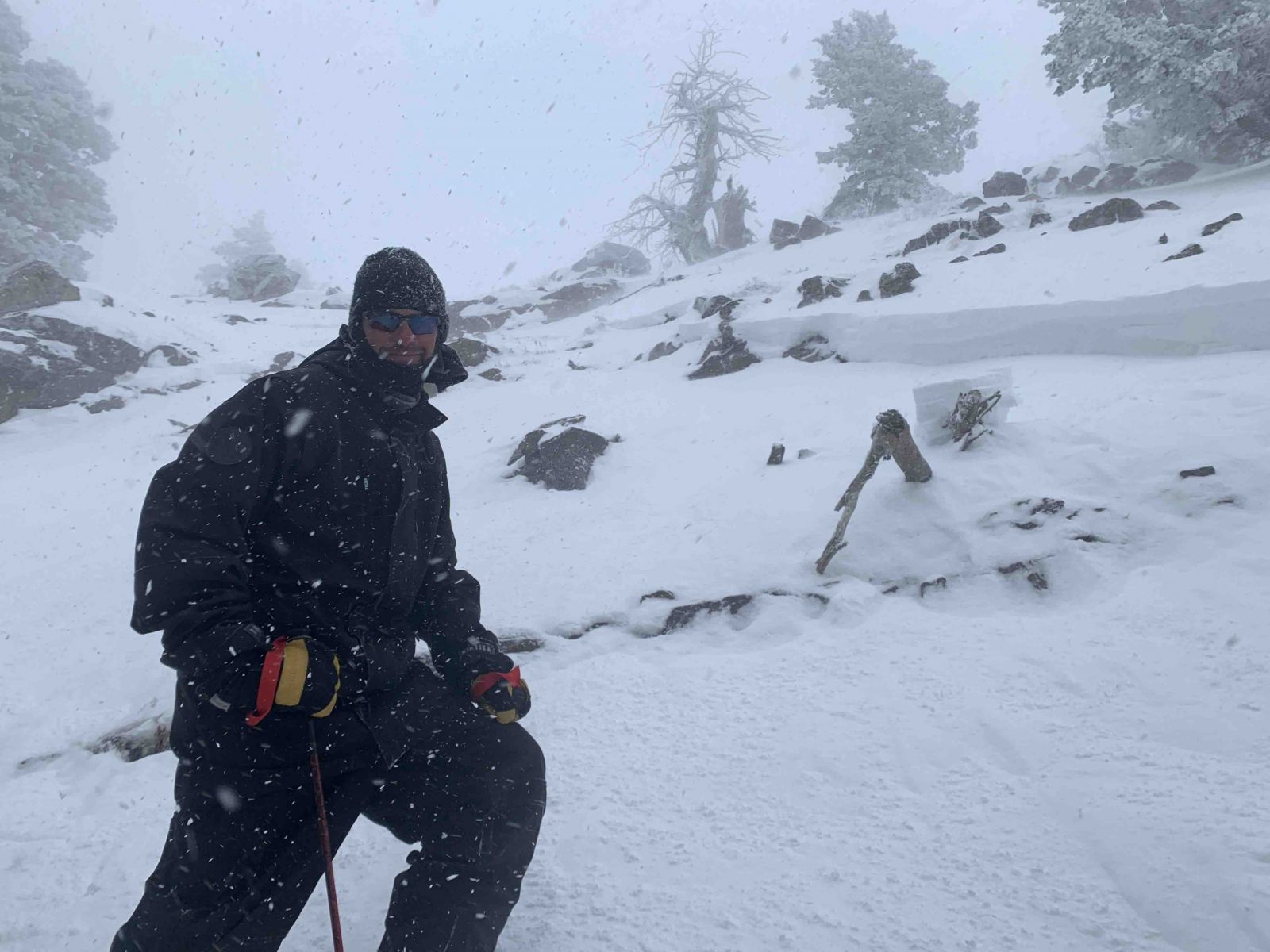
Bo stands just below the crown of the slide, grateful to be above the debris.
One at a time we traversed across the steep, exposed slope to get to our desired line, skiing only 20-50 yards at a time before regrouping. Once we were all three on the high point, or island of safety, above the line Bo dropped in to cut the slope. Like thin ice, the face cracked just above Bo’s feet and before we could communicate what was happening, he was swallowed whole.
Without hesitation, Sander jumped in after the frozen tidal wave to keep eyes on his childhood best friend. From the highpoint I was left alone to listen to Bo’s body violently bounce off the trees below and Sander screaming his name in frantic succession. After what felt like minutes, suddenly everything went silent.
500 yards below, Bo finally came to a stop partially buried but upright with his airway clear. Sander never lost eyes on him and once he confirmed Bo was okay, yelled for me to ski down in the avy path. Shaking and sweating I hesitantly dropped in, which was now almost down to the dirt. Bushes and rocks not previously exposed made their appearance very clear. When I got to the boys, Bo was collecting himself and aside from missing his hat, poles and one ski, he was physically okay.
Once we got back to the parking lot, we grabbed our packs and got on the lift to go back to the scene of the accident. If we wanted to report the avalanche, we needed to go back and get the details. The crown of the slide spanned 150 yards wide and anywhere from a foot to three feet deep. The debris funneled downslope about 500 yards and the debris pile at its deepest was 13 feet. By no means was this a small or manageable avalanche.
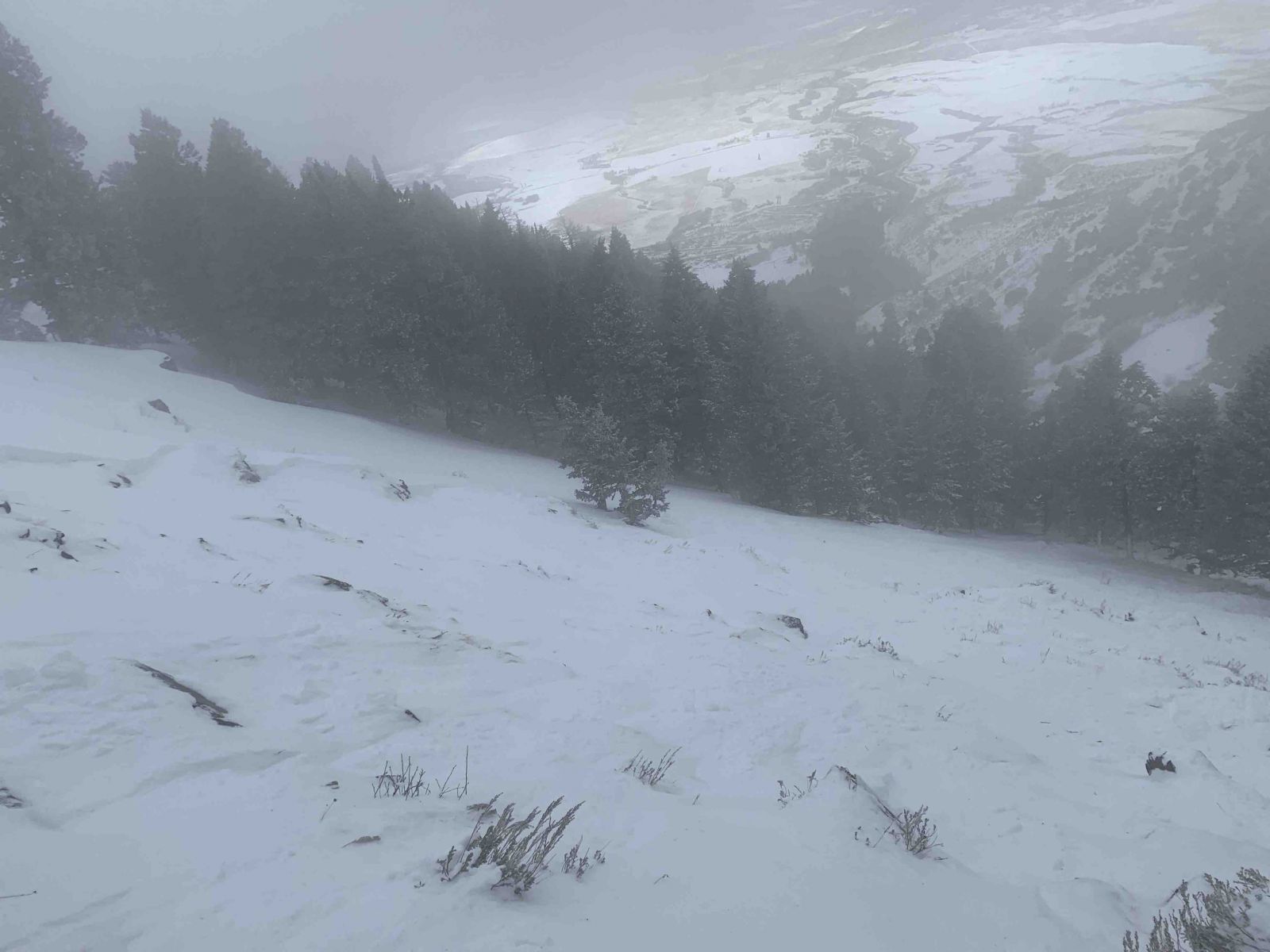
The slide spanned 150 yards wide and the crown broke anywhere from one to three feet down in the snowpack.
Although more than a year has gone by since the incident, I’ll never forget how helpless I felt watching Bo’s feet be taken out from under him knowing I didn’t have any of my rescue gear to properly respond. I will be the first to own and acknowledge our mistakes that day, I’ll also be the first to say we got incredibly lucky. Had Bo not been able to ride the slide like he did, he could have been fully buried and we would have had no way of finding him. So let this near-tragic story be a lesson for you. No matter how close you are to a resort boundary or an area you’ve been skiing all of your life, always carry your avalanche safety gear with you. You truly never know when, or how big, a slide will happen.
The three pieces of gear you should always have in the backcountry
Avalanche Transceiver/Beacon: There are plenty of great avalanche beacons out there, just be sure to buy a new, up-to-date version. Always use alkaline batteries as they are less sensitive to the cold, change them out when they reach 60-percent and always take them out before storing your beacon for the summer.
Probe: Again, there are tons of options out there for avalanche probes. Just be sure yours is at least 250 centimeters long and is made of aluminum—it’s a little bit heavier of a material but much more capable of penetrating through cement-like debris.
Shovel: Aluminum blades are key for a reliable avalanche shovel. Whether you choose to go with a smaller blade or larger one is up to you. A smaller blade is less efficient in moving snow but weighs less and requires less strength to operate. Vice versa for larger blades.
Now that you have it, do you know how to use it? Buying the gear is just one piece of the backcountry safety puzzle.
Now you have to learn how to use it.
The best way to get all of the necessary avalanche education you need to recreate safely in the backcountry is by taking courses through the American Institute for Avalanche Rescue and Education (AIARE) or American Avalanche Association (A3). Starting with intro backcountry courses, AIARE and A3 offer Avy 1 and 2 courses for recreationists as well as Avy Pro 1 and Pro 2 courses for snow sport professionals. These education courses are key for learning how to avoid avalanches and a companion rescue course is important so you know how to respond should you find yourself in a rescue scenario.

